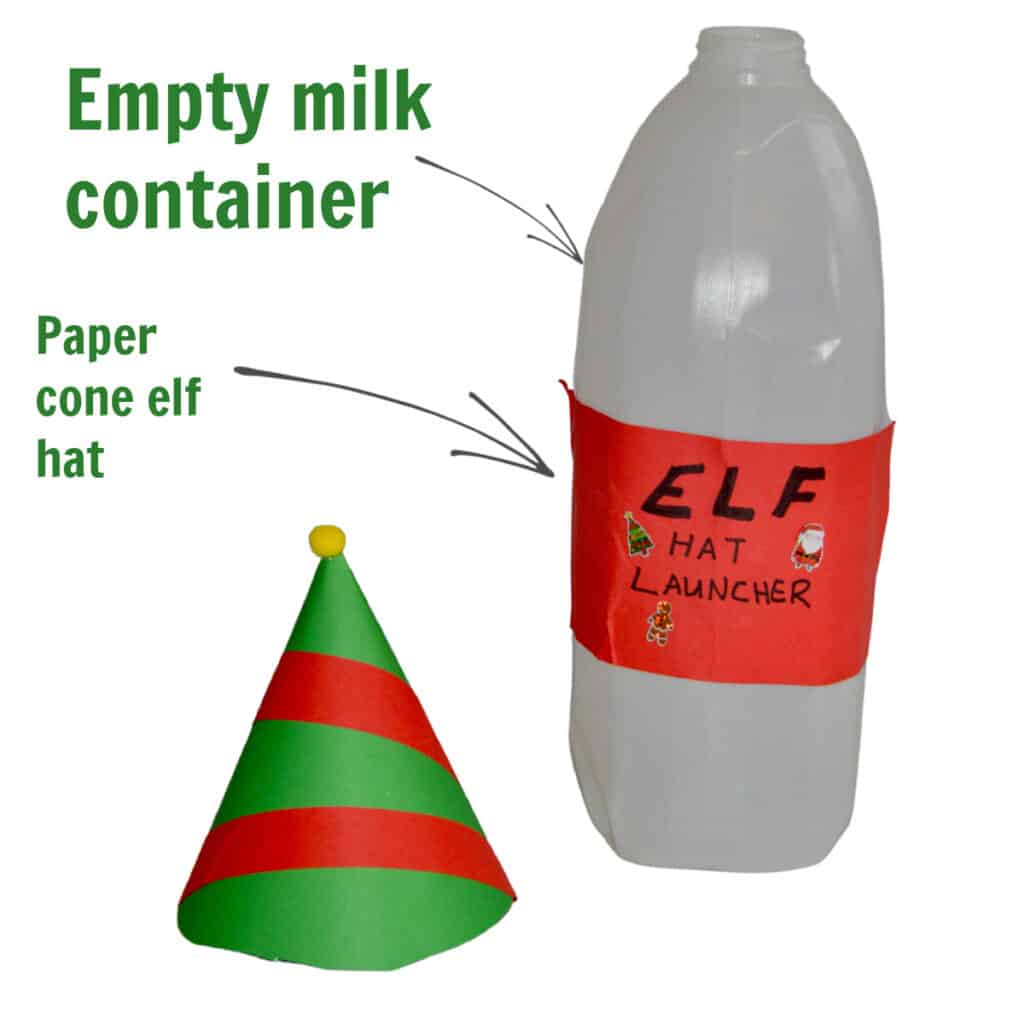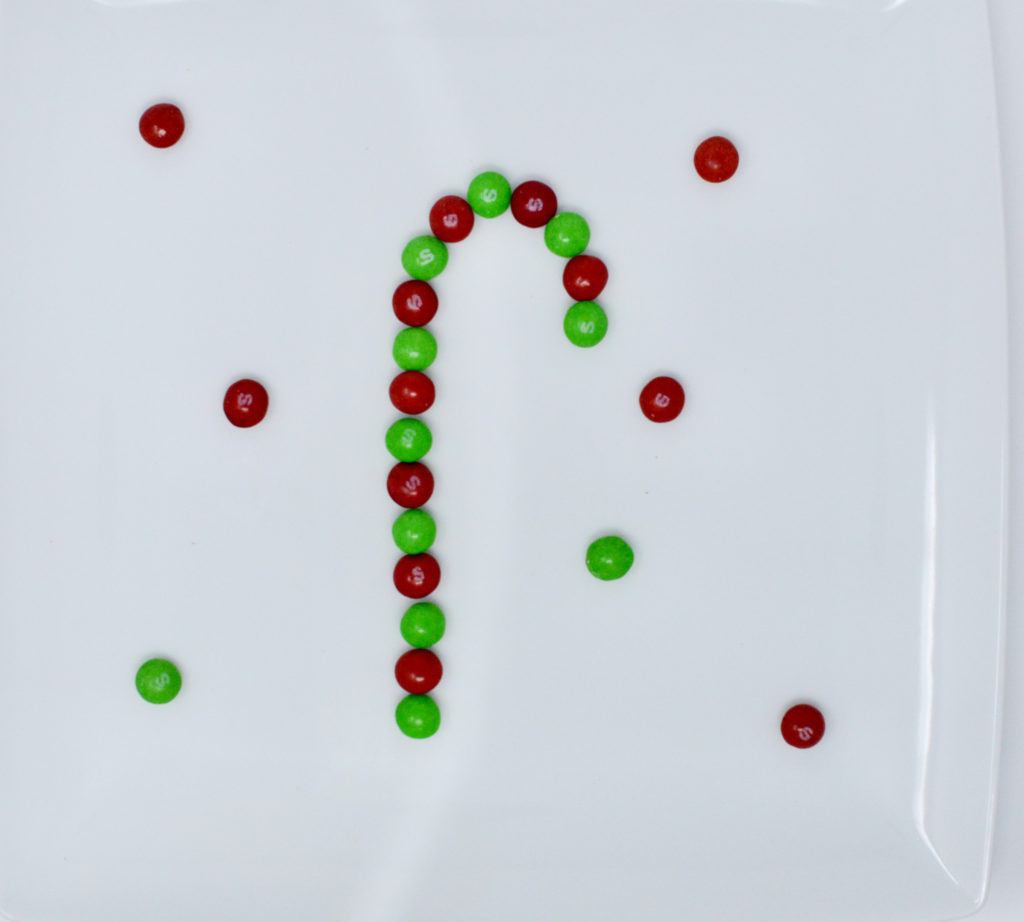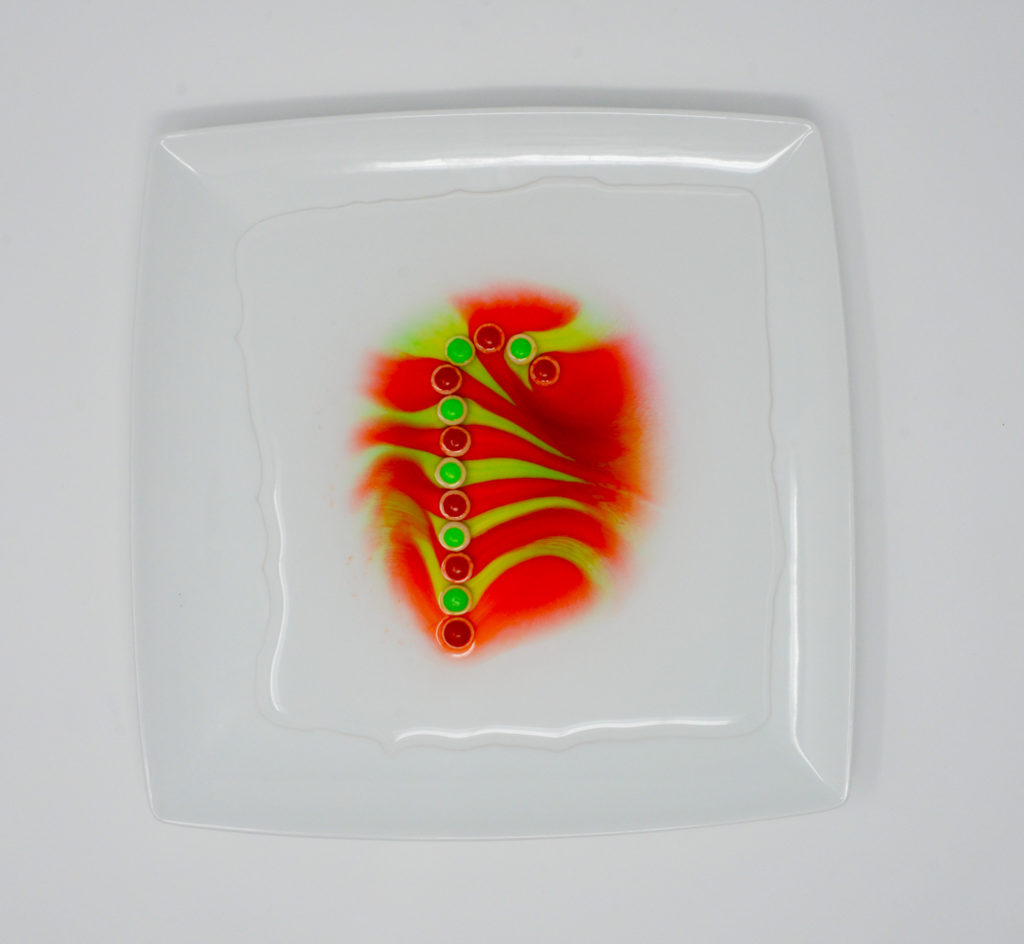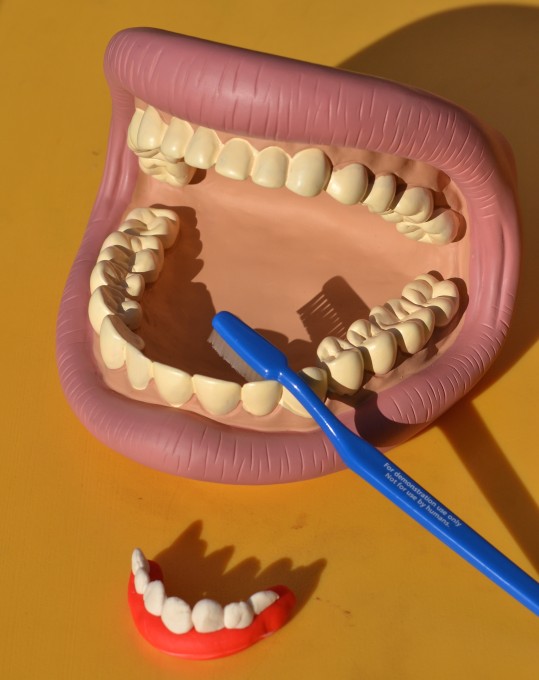STEAM Experiments – Colourful Jar Experiment
This lovely, colourful science experiment is super easy to set up and carry out but looks amazing! As well as being fun to watch it’s also great for learning about density ( the oil layer floats on top of the water ) and diffusion ( as the food colouring spreads out through the water layer).
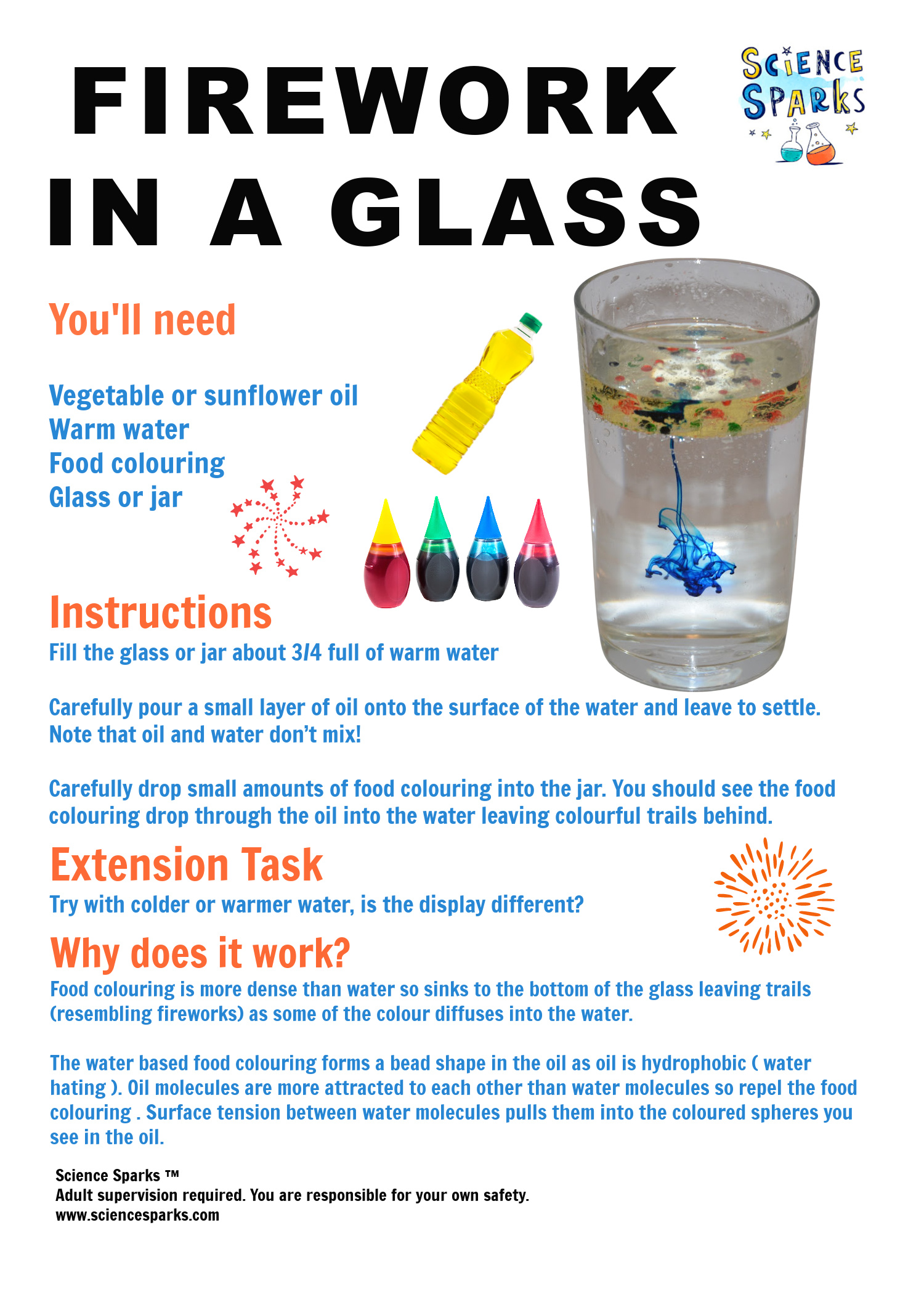
Colourful Jar Experiment
You’ll need
A jar or glass
Warm water
Oil
Food Colouring
Pipette
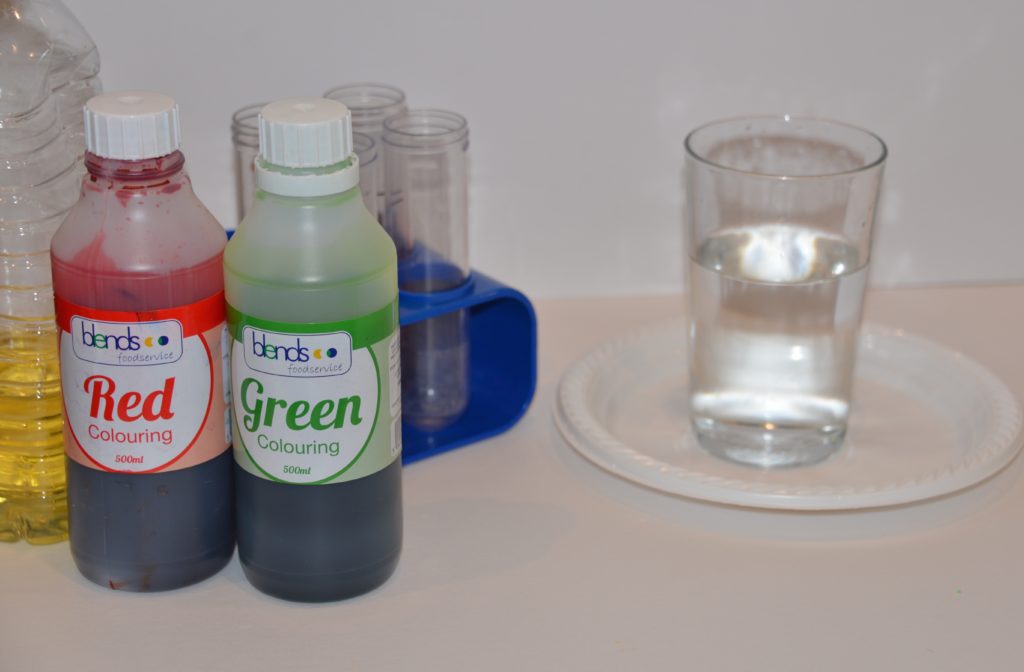
Instructions
Fill the glass or jar about ¾ full of warm water
Carefully pour a small layer of oil onto the surface of the water and leave it to settle. Note that oil and water don’t mix!
Use a pipette to carefully drop small amounts of food colouring into the jar. You should see the food colouring drop through the oil into the water leaving colourful trails behind.
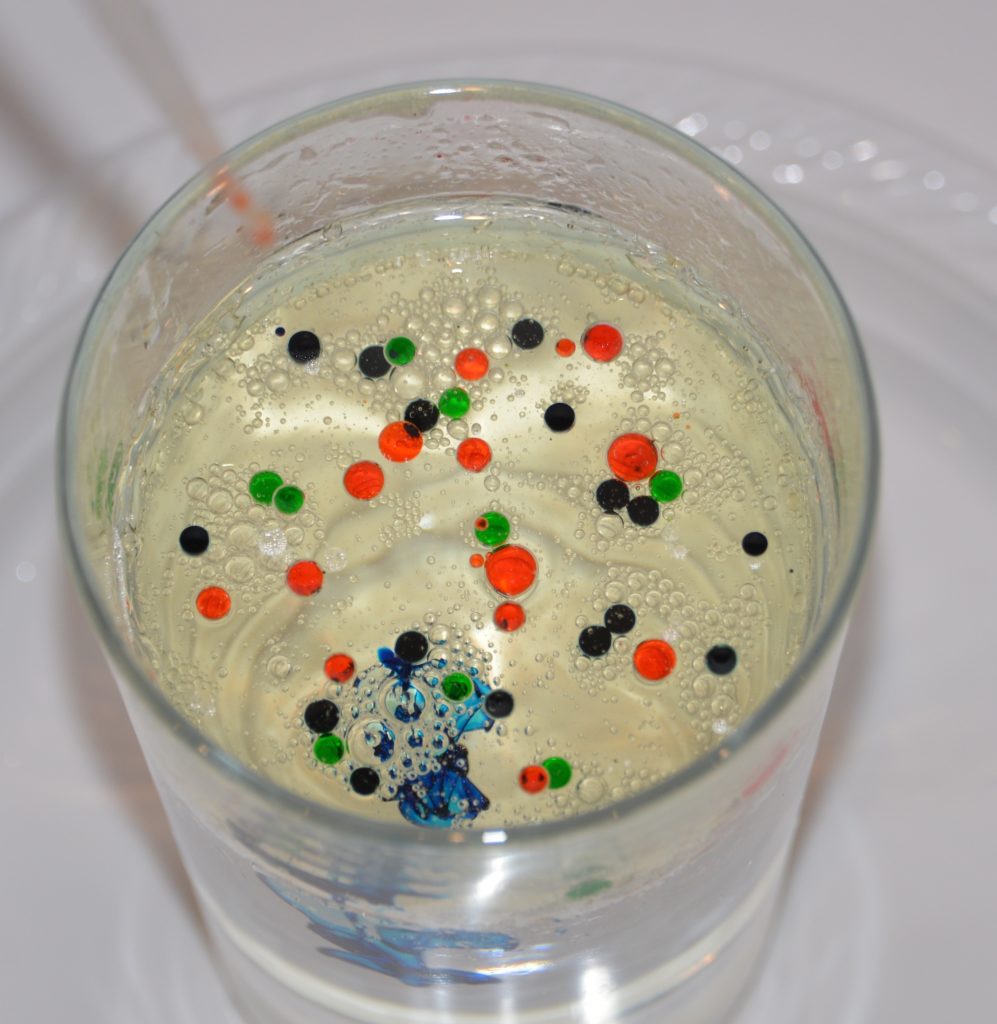
Why do oil and water not mix?
Water is a polar
